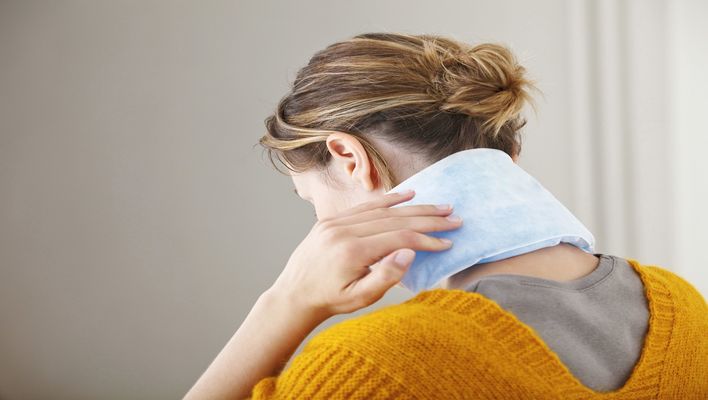Heat therapy: Benefits, Side effects, and DIY Heated pads
There are two most commonly used methods to treat pain, stiffness, and uneasiness at home: heat and cold therapy. These are recommended for relieving aching pain. But now they have become the center of attraction in medicine due to their benefits.
What is heat therapy?
Heat therapy, or thermotherapy, uses heat in all therapeutic approaches to heal, primarily for pain relief. It is commonly used for rehabilitation purposes. Heat therapy works through various modes as can be:
- Hot cloth
- Hot water bottleUltrasound
- Heating pad
- Hydrocollator packs,
- Whirlpool baths
- FIR heat therapy wraps (cordless).
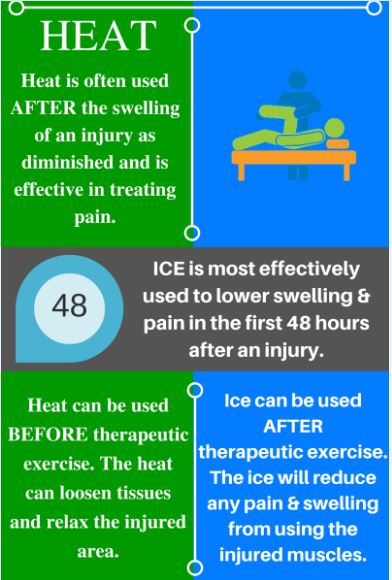
How does it work?
It usually works in one of three ways:
- By dilating the blood vessels present to increase the oxygen and blood flow. It supports the quick healing of damaged tissue.
- By stimulating the sensory receptors embedded in the skin to decrease the pain transmitting signals to the brain
- By stretching the soft tissues such as muscles, connective tissue, and adhesion decreases stiffness and increases the movement flexibility
Different types of heat therapy
- Dry heat or conducted heat therapy – It includes heating pads, heating packs, heated gloves, jackets, socks, and even saunas. You can apply Dry heat for up to 8 hours.
- Moist heat or convection heat therapy – It includes steamed towels, moist heating packs, or hot baths. It can only be applied for a maximum of 2 hours. It tends to act more quickly.
- Superficial heat therapy – Methods involved in superficial heat are moist hot packs, fluid therapy, whirlpool, and paraffin, commonly called warm wax. It elevates skin and tissue temperature after you have applied it for a maximum of 20 minutes.
- Deep heat therapy – Methods involved in deep therapy are ultrasound and diathermy. They elevate the temperature of deep tissues only within 15 minutes.
Health benefits of heat therapy
Heat therapy is highly beneficial for patients with severe joint and muscular pain or stiffness due to arthritis. As a form of self-care, heat can help you heal quickly if you have a deep injury that hurts a lot.
It increases blood flow to provide all essential nutrients and oxygen to the affected area to support quick healing. Apart from stiffness, it relieves pain and reduces inflammation and edema to a significant level.
The primary therapeutic effects of heat are how it increases the extensibility of collagen tissues and improves heart functionality.
Are you experiencing muscle spasms? Or do you want to warm up before a workout? Heat therapy can help you.
The use of hyperthermia in heat therapy is found valuable in treating cancer and the side effects of cancer treatments such as radiation. Adding to your surprise, heat therapy can help you get a peaceful sleep.
Heat therapy will not only increase Sleepiness but take you to low-wave sleep or deep sleep. It can help you recover from physical and emotional stress. Moreover,
- Help relieve asthma and allergy medication symptoms
- Hyperthermia can give positive results in patients with depression
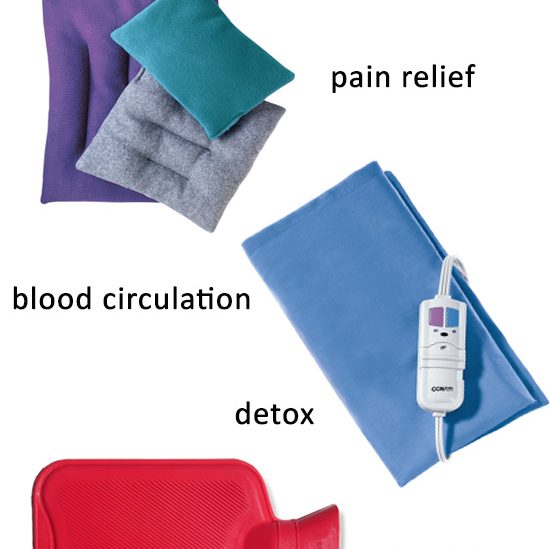
Heat Therapy Side Effects
- Skin burn
- Increased risk of spreading infection
- Swelling
- Fainting or dizziness
- Bleeding (if applied on open wounds)
- Puffiness
- Redness or hotness
How to make rice bags for heat therapy?
- Take a bowl and start adding all the ingredients you need to put inside your bag. Mix 20-30 drops of essential oils or 1 cup of dried herbs (lavender, rosemary, or chamomile) you want for extra healing effects and a sweet aroma in 6 cups of uncooked and dried rice (the cheapest variety is fine).
- Let the oil dry and leave your mixture for 20 minutes to 1 hr. for proper mixing.
- Choose any fabric; even the old fabric you have at home will work. Make sure the material is soft and skin-friendly.
- Draw the design on fabric and Cut it out. Sew them together as planned to get the proper shape of the bag.
- Start Filling the bag with rice mixture, not more than 2/3 full, and sew all the open ends.
- Put the bag in the microwave, and let it heat for a minimum of 2 minutes.
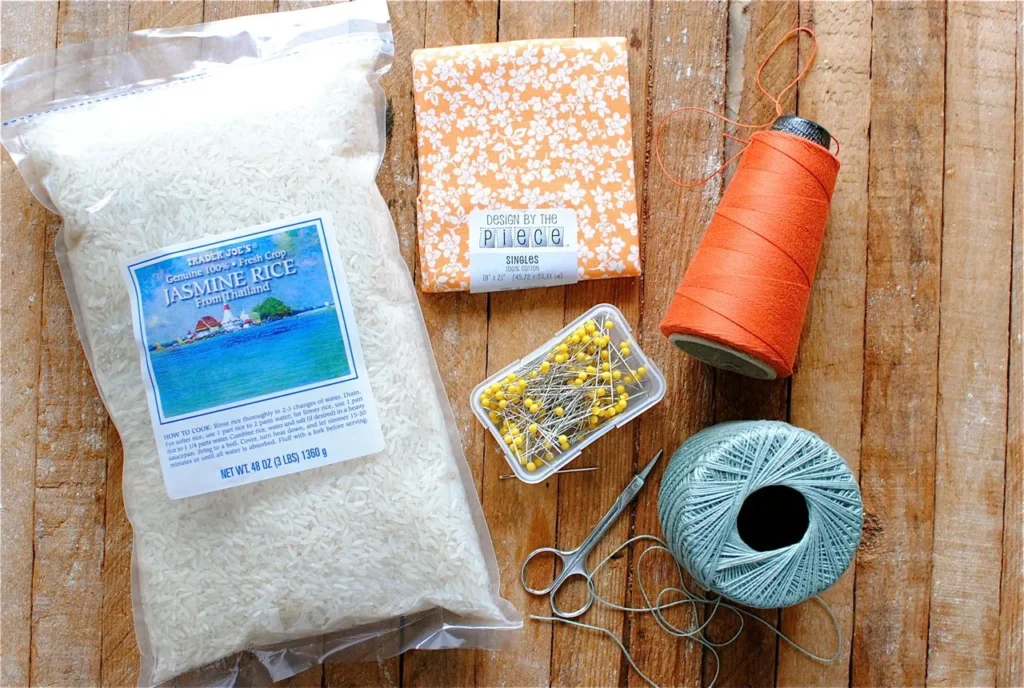
Did you know that you can reduce your heating costs by finding the best time to turn on the heating system?
How to make corn bags for heat therapy?
- You can consider corn bags the heating pads made with all-natural ingredients. It is the easiest way to soothe your stiff, strained, painful, sore, and tired muscles and joints. Follow these steps if you want to make corn bags for yourself.
- Choose a soft fabric and cut it into an 8-inch-wide by 44-inch-long piece
- Fold the cut fabric piece in half (lengthwise), making it 8 inches by 22 inches, and sew it either with a machine or by hand. Once sewn, turn the bag inside out.
- Leave the cloth side facing outside, try folding the open edge, and press leaving a mark
- Now, sew the fabric down a straight line from the middle.
- Start filling the ag with corns (clean dried) and stop once you have filled 2/3
- Sew or pin the open top of the bag to close it.
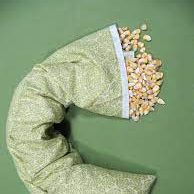
How does heat therapy reduce cramps?
Whether talking about the period or muscular cramps, heat therapy relaxes the muscles, normalizes them, and increases blood flow. Such changes in muscles and blood ease pain and stiffness. Knee pain and back pain can also be considerably reduced by using heating pads.
Conclusion
Heat therapy has several uses in medical, psychological, emotional, physical, and therapeutic healing. The proper use of heat therapy can help you get rid of pain, stiffness, and immobility but always be careful as heat is a dangerous thing to be exposed to.
Additional Questions
Can using heating pads result in any adverse effects?
Yes, it is worth noting that like any treatment, heating pads can lead to certain unintended effects, although they are generally minimal and manageable. One significant side effect is the possibility of experiencing a skin rash or a burn. This typically happens when heating pads or hot packs are used for an extended period or if the heat source is too high and is in direct contact with the skin. In some instances, this can cause contact burns, which are basically burns that result from the skin interacting with an overly hot object or surface (Cho YS, Choi YH, Yoon C, You JS. Factors affecting the depth of burns occurring in medical institutions. Burns). Therefore, I would emphasize the necessity of using a barrier between your skin and the heating pad and monitoring the heat levels to ensure they are comfortable and safe. From my experience, using suitable precautions can significantly minimize the associated risks and optimize the benefits of heating pads.
Are there any significant benefits of using heating pads for health?
Absolutely! I personally can’t sing high enough praises for heating pads. I have found them extremely beneficial in dealing with a range of discomforts, from muscle stiffness to cramps and aches. In fact, heating pads represent an effective form of heat therapy. They work on the principle of promoting ongoing circulation in the body which can, in turn, provide relief from various forms of discomfort, especially those related to muscles or joints. After an intense workout session, if I’m left with aching muscles, I find that using a heating pad not only instantly soothes the aching muscles, but also accelerates the recovery process. So, if done right, heating pads can indeed be highly beneficial for your body.
What can I use as a filling for a homemade heating pad?
Creating DIY heating pads at home is not only simple, but it’s also a great way to utilize items you already have around the house. I remember a time when a friend wasn’t able to find a heating pad and instead, used an old, clean sock. She filled it about three-quarters with uncooked rice, although you can also use corn barley or oatmeal. Then, the sock was either tied or sewn shut and heated in the microwave for around one to two minutes. Do remember to test the heating pad on the inside of your arm before applying it to the area where you need it, as this will help prevent any potential burns. This practical solution worked wonders. Therefore, with just a few items, you can effectively replicate the therapeutic benefits of a traditional heating pad.
Is it advisable to use a heating pad every night?
When I was suffering from lower back pain, I had considered using a heating pad every night. But then, after consulting with my healthcare provider, I came to understand that routinely sleeping with a heating pad is generally discouraged. The same advice can be found from a variety of medical professionals who warn against this practice. They state that it’s potentially unsafe and could lead to burns if the heating pad is not used correctly. If you require additional heat at night, consider safe alternatives such as flannel sheets or a warmer duvet instead. So, while it’s not considered safe or necessary to use a heating pad every night, I would suggest seeking professional advice for any personal circumstances.

Annika Ramos is a physiotherapist with a passion for helping people recover from injuries and illnesses. In her spare time, she enjoys exploring her creative side through various craft projects.

